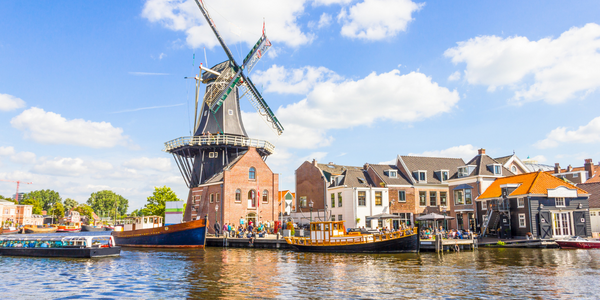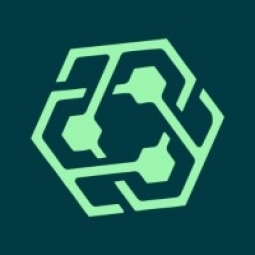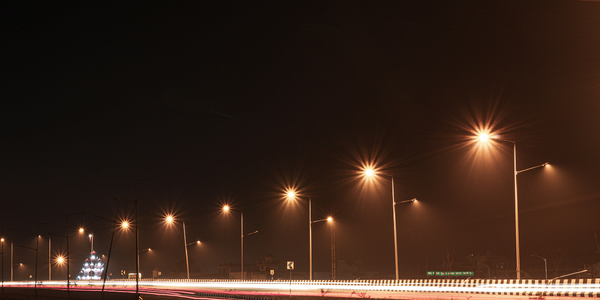Customer Company Size
Large Corporate
Region
- Middle East
Country
- United Arab Emirates
Product
- Hyperledger Fabric
- Digital Silk Road
- Reconciliation and Settlement System
Tech Stack
- Blockchain
- Smart Contracts
- Hyperledger Fabric
Implementation Scale
- Enterprise-wide Deployment
Impact Metrics
- Productivity Improvements
- Cost Savings
- Digital Expertise
Technology Category
- Application Infrastructure & Middleware - Blockchain
- Application Infrastructure & Middleware - Data Exchange & Integration
Applicable Industries
- Cities & Municipalities
- Transportation
Applicable Functions
- Logistics & Transportation
- Business Operation
Use Cases
- Supply Chain Visibility
- Track & Trace of Assets
- Smart Contracts
Services
- System Integration
- Software Design & Engineering Services
About The Customer
The customer in this case study is the city-state of Dubai, part of the United Arab Emirates. Dubai is the second-largest city in the UAE, with a population of over 3 million people. The city has a history of investing in technology to improve government operations and has set a vision, called Dubai 10X, to stay 10 years ahead of other world cities in terms of technology. One of the initiatives under this vision is the Digital Silk Road, a platform to ease worldwide trade. The platform aims to solve the global trading system’s key issues–high costs, low trust, and lack of transparency–with blockchain technology. The Dubai Chamber of Commerce and Industry and DP World, the port authority, formed a joint team to deliver this project.
The Challenge
Dubai, under the vision of Dubai 10X, aims to stay 10 years ahead of other world cities in terms of technology. One of the initiatives under this vision is the Digital Silk Road, a platform to ease worldwide trade. The platform aims to solve the global trading system’s key issues–high costs, low trust, and lack of transparency–with blockchain technology. However, the process of registering to import or export goods in Dubai was neither smooth nor easy. It was a lengthy process that touched on many authorities. For export, the process took even more steps. All these processes were paper-based and time-consuming.
The Solution
Dubai Chamber and DP World partnered with Avanza Innovations to develop the Digital Silk Road using Hyperledger Fabric, an open-source blockchain framework. The first two projects for the Digital Silk Road were the Unification of Trade Registration and Export Authorization. With the Unification of Trade Registration, a company wanting to do business in Dubai can register once, through a secure, single-window interface. The data gets distributed across all government trade entities. And if the company needs to update any information, the new information is instantly shared by all. Export Authorization tracks trade transactions, reduces transaction time, and enables secure, encrypted digital authentication. Seamless documentation sharing with relevant government entities happens through smart contracts. Compliance and regulatory checks happen throughout the process, which is completely paperless.
Operational Impact
Quantitative Benefit

Case Study missing?
Start adding your own!
Register with your work email and create a new case study profile for your business.
Related Case Studies.

Case Study
Turning A Stadium Into A Smart Building
Honeywell created what it called the “intelligent system” for the National Stadium in Beijing, China, turning the venue for the opening and closing events at the 2008 Summer Olympics into a “smart building.” Designed by highly controversial artist Ai Weiwei, the “Bird’s Nest” remains one of the most impressive feats of stadium architecture in the world. The 250,000 square meter structure housed more than 100,000 athletes and spectators at a time. To accommodate such capacity, China turned to Honeywell’s EBI Integrated Building Management System to create an integrated “intelligent system” for improved building security, safety and energy efficiency.
.png)
Case Study
Smart Street Light Network (Copenhagen)
Key stakeholders are taking a comprehensive approach to rethinking smart city innovation. City leaders have collaborated through partnerships involving government, research institutions and solution providers. The Copenhagen Solutions Lab is one of the leading organizations at the forefront of this movement. By bringing together manufacturers with municipal buyers, the Copenhagen Solutions Lab has catalyzed the development and deployment of next-generation smart city innovations. Copenhagen is leveraging this unique approach to accelerate the implementation of smart city solutions. One of the primary focus areas is LED street lighting.

Case Study
Airport SCADA Systems Improve Service Levels
Modern airports are one of the busiest environments on Earth and rely on process automation equipment to ensure service operators achieve their KPIs. Increasingly airport SCADA systems are being used to control all aspects of the operation and associated facilities. This is because unplanned system downtime can cost dearly, both in terms of reduced revenues and the associated loss of customer satisfaction due to inevitable travel inconvenience and disruption.

Case Study
IoT-based Fleet Intelligence Innovation
Speed to market is precious for DRVR, a rapidly growing start-up company. With a business model dependent on reliable mobile data, managers were spending their lives trying to negotiate data roaming deals with mobile network operators in different countries. And, even then, service quality was a constant concern.

Case Study
Buoy Status Monitoring with LoRa
The Netherlands are well-known for their inland waterways, canals, sluices and of course port activities. The Dutch Ministry of Infrastructure indicates that there are thousands of buoys and fixed items in and near water environments that would profit from IoT monitoring. One of the problems with buoys for example, is that they get hit by ships and the anchor cable breaks. Without connectivity, it takes quite some time to find out that something has happened with that buoy. Not to mention the costs of renting a boat to go to the buoy to fix it. Another important issue, is that there is no real-time monitoring of the buoys at this moment. Only by physically visiting the object on the water, one gains insight in its status.








